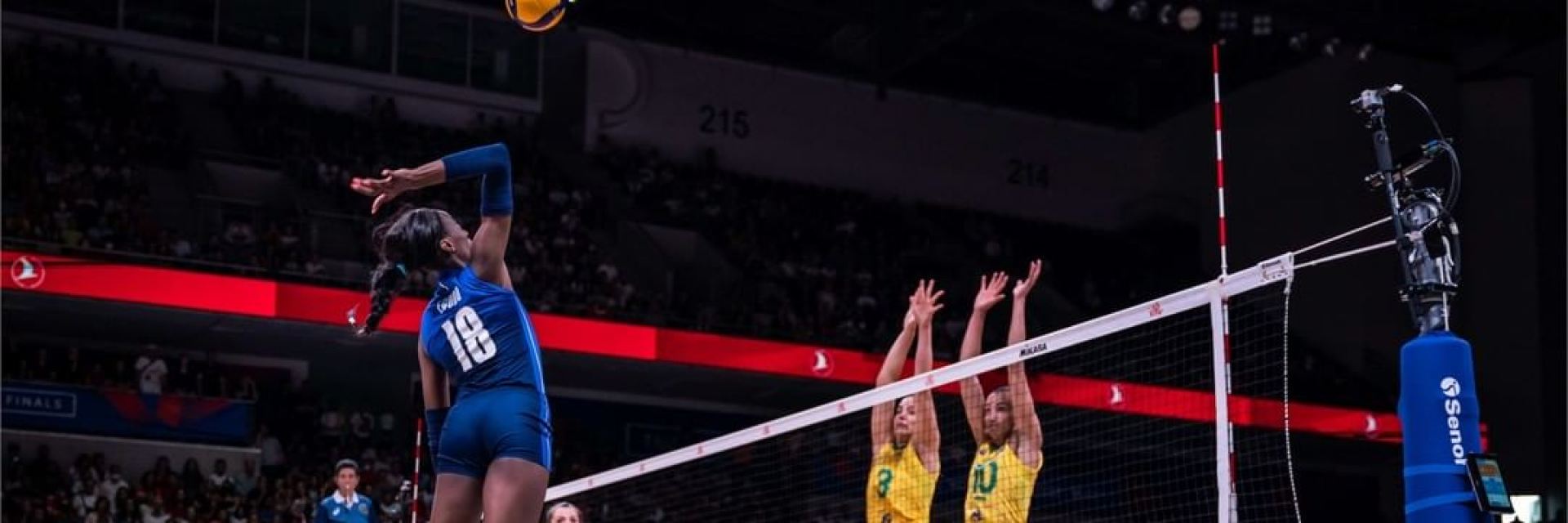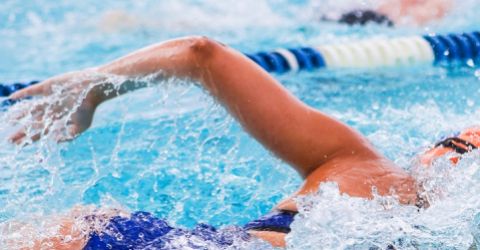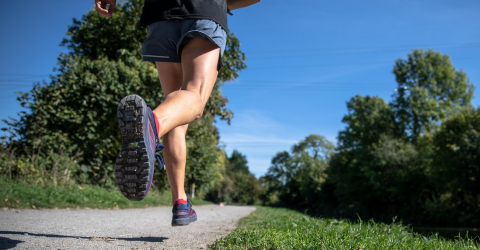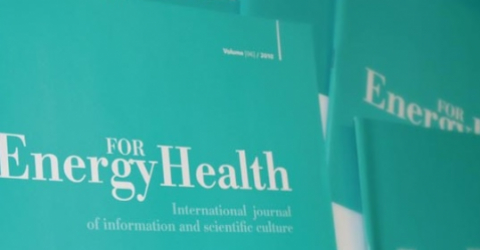No limits to spikes with laser therapy
The Volleyball Nations League which was won by the Italian Women’s National Volleyball team, once again placed the focus on one of the best-loved sports.
Volleyball is the fourth most popular sport at a global level, with over 800 million supporters and a high involvement worldwide. In Italy there are 320 thousand athletes registered with FIPAV (Federazione Italiana Pallavolo – Italian Volleyball Federation), 80% are women, 4.3 million the amateurs who take to the court every year to play in amateur matches, more than 17,500 the teams that take part in Federal Championships and 1.8 million U20s who are enthusiastic about digs and spikes.
Where these numbers underline how volleyball has a first-class appeal, they do not say much about the increase in the injuries that occur from one set to another or during training.
Volleyball players in fact must deal with problems related to repetitive movements of the upper limbs, where great stress, particularly during serves and spikes, is placed on the shoulder. Even with no important trauma, over time the mechanical stress generated produces “laxity” or “rigidity” in turn responsible for “wear” damage, which causes pain and a reduction in functionality. Rotator cuff injury, instability, adhesive capsulitis (“frozen shoulder”) and supraspinatus tendinopathy are just some of the problems that can occur to the joint, leading to a stop for recovery.
«For most pathologies that occur to the shoulder – Alessandro Valent, physiatrist and consultant for Modena Volley, points out - conservative treatment often resolves the issue: the patient will recover his/her best physical shape by combining functional recovery with manual treatment and instrumental therapy. Laser Therapy, Hilterapia® in particular, is particularly effective thanks to its analgesic, anti-inflammatory and de-contracting effects».
Effects that also lead to benefiting painful conditions that can involve the knee and ankle, other intended victims during settings.
The joint between the thigh and the leg is in fact affected by functional overloading pathologies – ever heard of jumper’s knee (tendonitis of the quadriceps muscle)? - cartilage inflammations (acute and chronic chondritis), patellar tendonitis, particularly frequent when repeated jumping occurs, and sprains, such as for example lesions to the anterior cruciate ligament.
The picture is worsened by the court area which is particularly hard and therefore cannot cushion knocks, thus not only increasing symptoms but also having an impact on other joints such as ankles. It is no coincidence that ankle sprains are the most frequent trauma among volleyball players, as well as being the cause of prolonged stops.
The same that can occur following disc or muscle lumbago, or deriving from spondylolysis, which are often associated with sciatica pains and limit back movement and cause intense pain associated with weakness or numbing of one of the limbs.
The Thai case
To quickly return to the match, significantly reduce pain and inflammation whilst also recovering movement, laser therapy has proved to be a winner, thanks to its antalgic, anti-inflammatory and anti-oedema properties. Evidence is provided by an athlete of the Thailand National Volleyball Team who was given treatment with HIRO TT at the Piyavete Hospital in Bangkok, equipped with the ASA device.
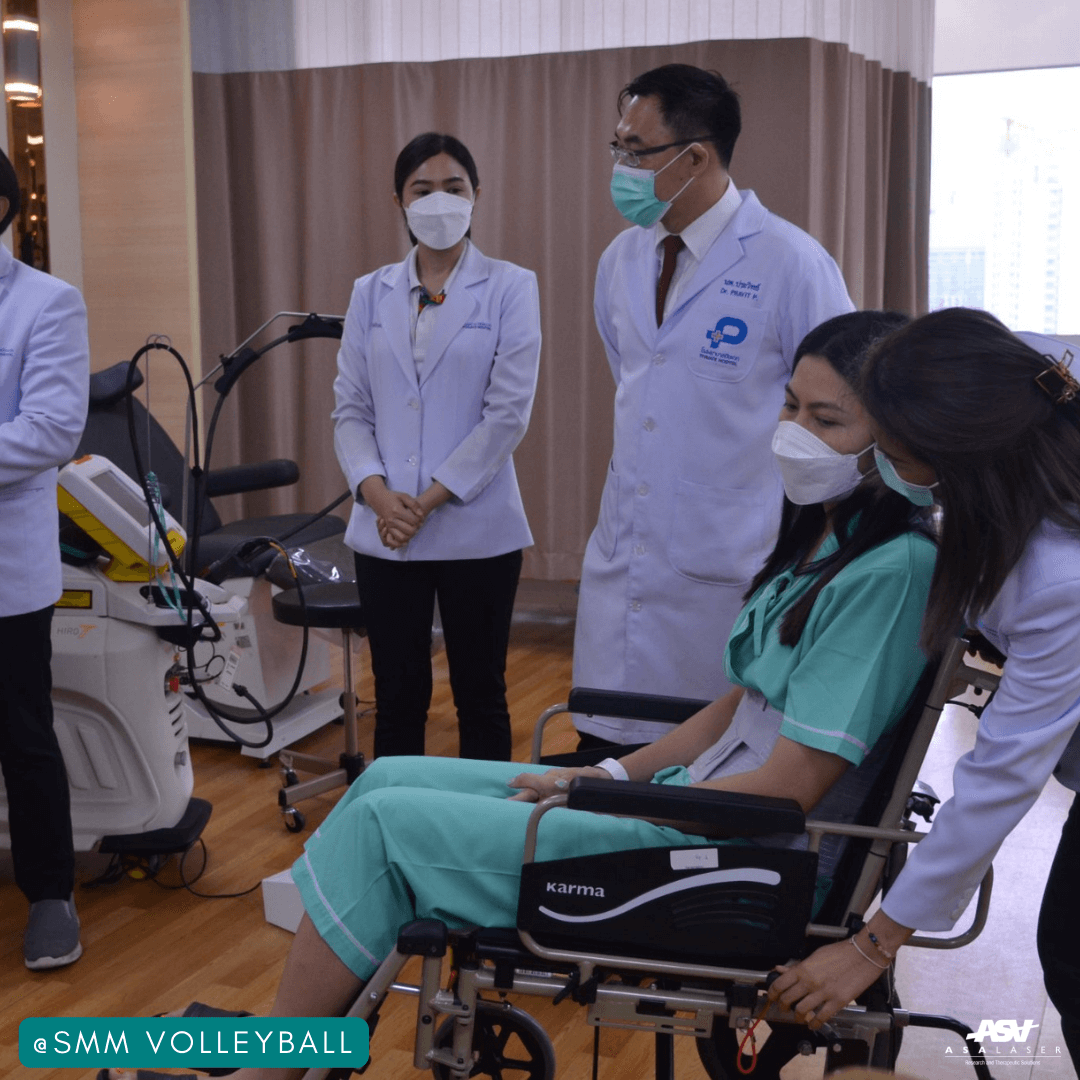
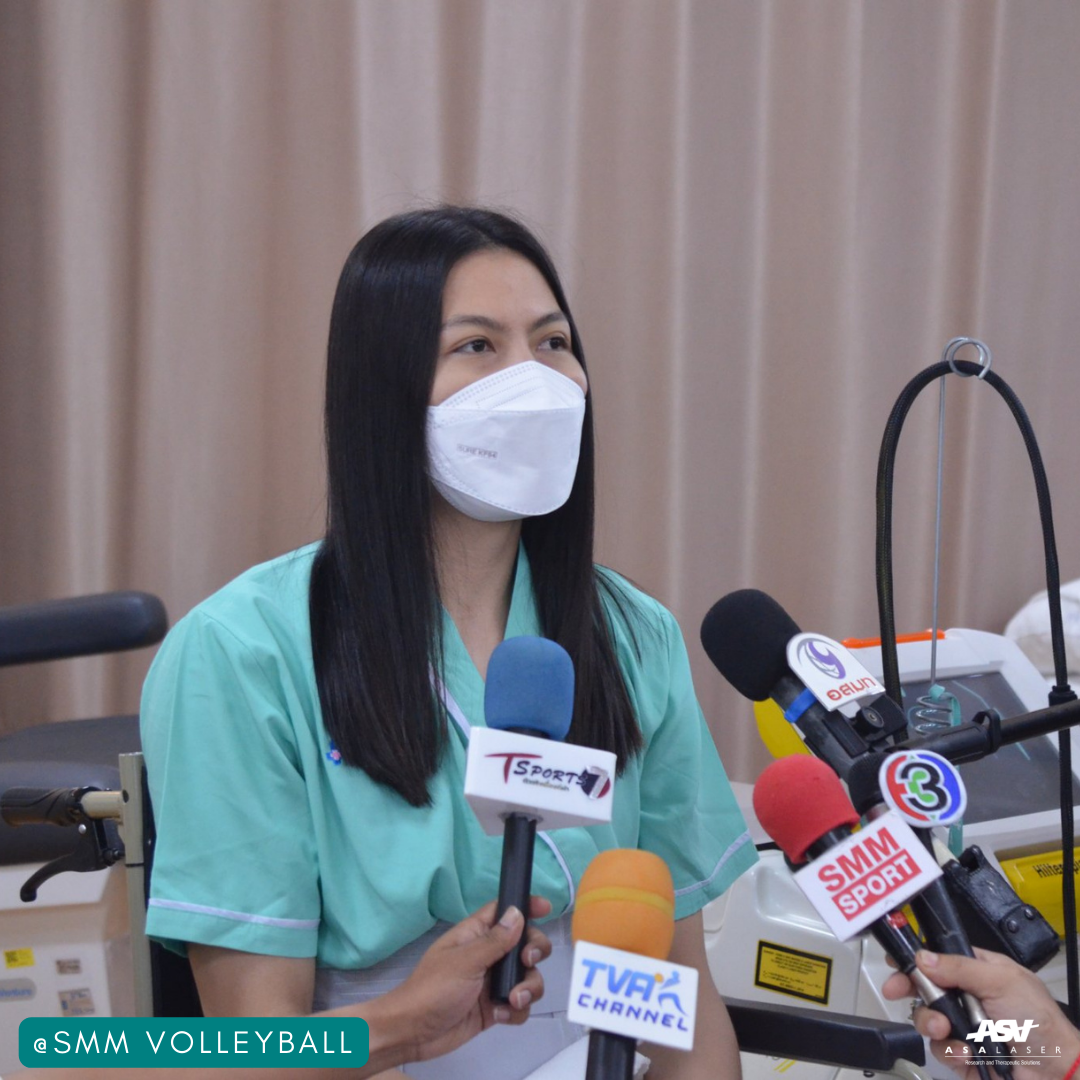
The clinical trial
That Hilterapia® is a winning solution to tackle these problems is also highlighted by a clinical trial published in the magazine Energy For Health which focuses on muscle pathologies developed during sports activities, volleyball in first place. The research (Muscle lesion in athletes: case comparison between Hilterapia and traditional therapy), conducted precisely by Alessandro Valent on 2 groups of 15 patients, with homogeneous pathologies, gender and age, treated both with Hilterapia® and with traditional therapy (CO2 Laser Therapy and Ultrasound), highlighted the effectiveness of the ASA therapy in reducing pain and promoting the fast resumption of the sports activity, emphasising its statistically superior results compared with the conventional therapeutic solution.
Photo Credit: @federazioneitalianapallavolo





